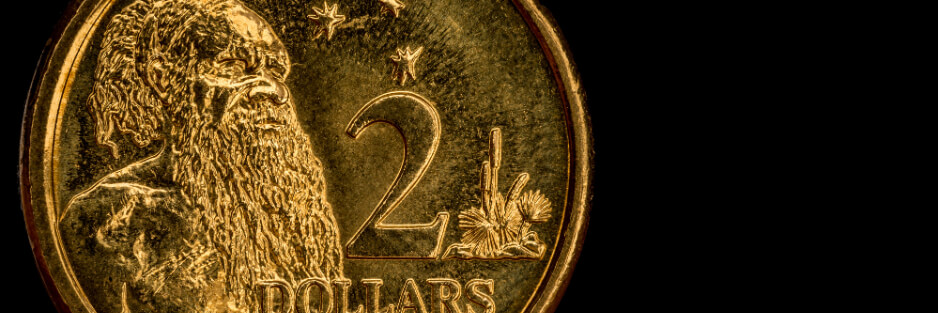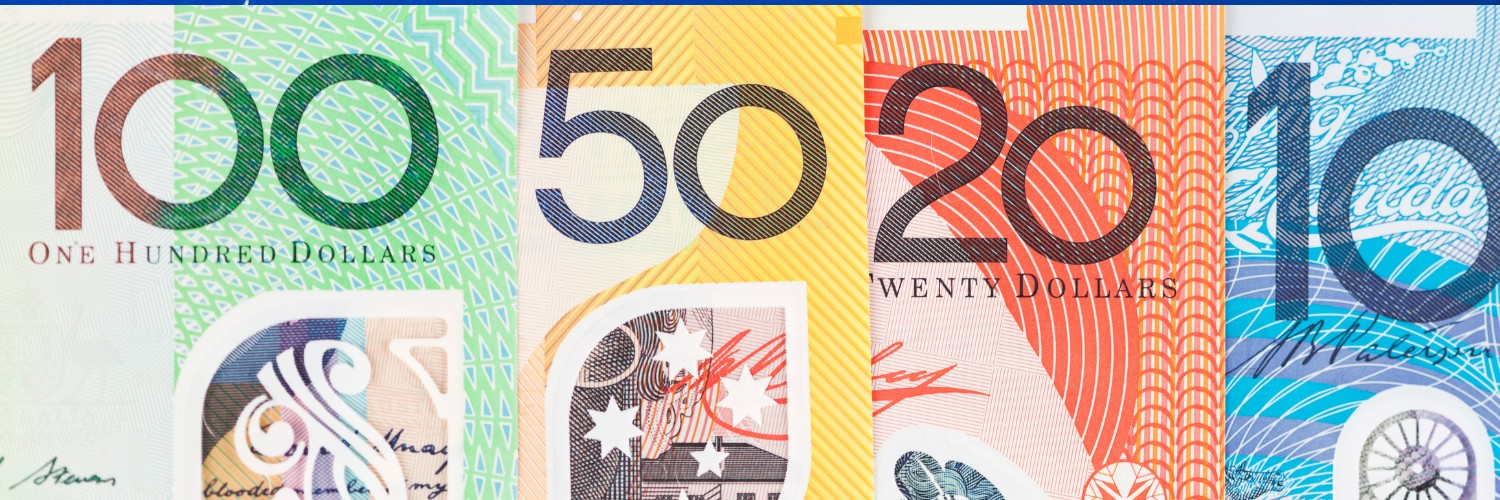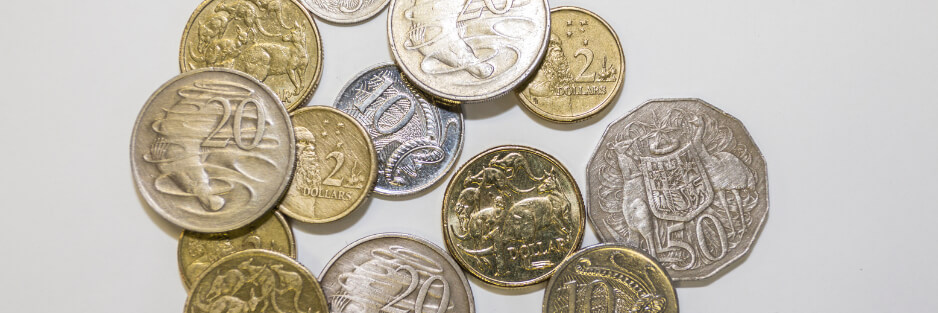Australian Money
Australian Money
- Australia uses the Australian Dollar (AUD) as its official currency. Coins are available in 5c, 10c, 20c, 50c, $1, and $2, while notes are available in $5, $10, $20, $50, and $100. The vibrant designs and practical features make handling Australian money easy and enjoyable.
- Durable Polymer Notes: Australian banknotes are made from polymer, which makes them waterproof and tear-resistant. They also feature vibrant designs featuring national icons and wildlife.
- Convenient Card Payments. Credit and debit cards are widely accepted across Australia, and most transactions can be completed using tap-and-go technology.
- ATMs Everywhere: Automated Teller Machines (ATMs) are plentiful in cities, towns, and remote locations, allowing easy cash withdrawals in Australian dollars.
- Currency Exchange: Foreign currency can be exchanged at banks, airports, and currency exchange kiosks, though exchange rates and fees vary between providers.
- Tipping Not Essential: Tipping is appreciated but not expected in Australia, as workers are generally paid fair wages. If service is exceptional, rounding up or adding a small amount is a kind gesture.
Colourful Banknotes
Australian banknotes are famous for their vibrant colours and unique designs, making them easily identifiable with just a glance. Each banknote tells a story about Australia’s rich culture and heritage, from the blue $5 note featuring Queen Elizabeth II to the purple $50 note featuring Indigenous Australian writer David Unaipon.
Discover the Symbolism of Australian Currency: What Each Note and Coin Represents!
The Australian currency is more than just money—it reflects the country’s rich history, diverse culture, and stunning natural landscapes. From iconic figures to native wildlife, each banknote and coin tells a unique story about Australia’s identity and heritage. Here’s what each Australian note and coin symbolises:
$5 Note

Symbolism: The $5 note features Queen Elizabeth II on the front and Parliament House in Canberra on the back. It symbolises Australia’s ties to the British monarchy and its democratic government.
2. $10 Note

Symbolism: The $10 note showcases Australian writers Banjo Paterson and Dame Mary Gilmore on the front, with the Australian bush scene and a horseman on the back. It symbolises Australia’s literary heritage and rural landscapes.
$20 Note
Symbolism: The $20 note honours Mary Reibey, an early Australian businesswoman, on the front and the Reverend John Flynn, founder of the Royal Flying Doctor Service, on the back. It symbolises Australia’s entrepreneurial spirit and commitment to healthcare in remote areas.
$50 Note

Symbolism: The $50 note features Indigenous Australian writer and inventor David Unaipon on the front and Edith Cowan, the first female member of an Australian parliament, on the back. It symbolises Australia’s cultural diversity and achievements in literature and politics.
$100 Note

Symbolism: The $100 note highlights Dame Nellie Melba, an Australian opera singer, on the front and Sir John Monash, a renowned military commander, on the back. It symbolises Australia’s contributions to the arts and military history.
$2 Coin

Symbolism: The $2 coin depicts an Aboriginal elder and the Southern Cross constellation on the front, symbolising Australia’s Indigenous heritage and connection to the land and sky. On the back, an image of a Pacific Islander and a European settler shaking hands represents multiculturalism and unity.
$1 Coin

Symbolism: The $1 coin features five kangaroos bounding in different directions on the front, symbolising Australia’s unique wildlife and vast landscapes. On the back is the coat of arms of Australia, representing the country’s federation and national identity.
5c, 10c, 20c, and 50c Coins
Symbolism: These coins feature various Australian native animals, including the echidna, lyrebird, platypus, and kangaroo, respectively. Each animal symbolises Australia’s unique biodiversity and natural beauty.
Talk like an Aussie
Australians colloquially call the $100 note a “granny smith,” the $50 note a “pineapple,” and the $20 note a “lobster.” They affectionately refer to the $10 note as a “blue swimmer” and the $5 note as a “pink lady,” adding a playful charm to the nation’s colourful currency.
Banks
ATMs and Currency Exchange
ATMs are abundant in cities, towns, and even some remote locations, making it easy to withdraw Australian dollars when needed. Currency exchange services are available at banks, airports, and exchange kiosks. It’s a good idea to compare rates and fees before exchanging money to get the best value for your currency.
Tap-and-Go Technology
Australia is a leader in cashless transactions, with credit and debit cards widely accepted in most places. Tap-and-go technology is the norm, allowing quick and easy payments for everything from groceries to restaurant bills. You can use Visa, Mastercard, and American Express almost everywhere in Australia, making card payments a convenient and secure option for international travellers. Whether dining out, shopping, or booking tours, paying with your card is quick and hassle-free.
No Fuss with Tipping
Tipping is not obligatory in Australia, as workers typically receive fair wages. However, tipping for exceptional service is always appreciated. A simple round-up of your bill or leaving a small amount at a restaurant is a kind gesture.
Accessibility and Practicality
One of the best aspects of Australian money is its easy navigation. Polymer notes’ tactile features make them accessible for visually impaired individuals, and their durability ensures
Should I carry cash in Australia?
❓ Frequently Asked Questions (FAQs) – Australian Money
What is the currency used in Australia?
Can I use credit cards easily in Australia?
Should I carry cash in Australia?
How can I exchange foreign currency in Australia?
Can I tip in Australia?
Making the Most of Your Money
Understanding Australian money and payment methods ensures a hassle-free trip, whether shopping in bustling cities or dining in remote outback towns. With available cash, card, and contactless options, spending in Australia is as seamless as the adventures that await you.
Through its currency, Australia celebrates its rich cultural heritage, diverse achievements, and stunning landscapes, inviting locals and visitors to appreciate the country’s identity and history with every transaction.












